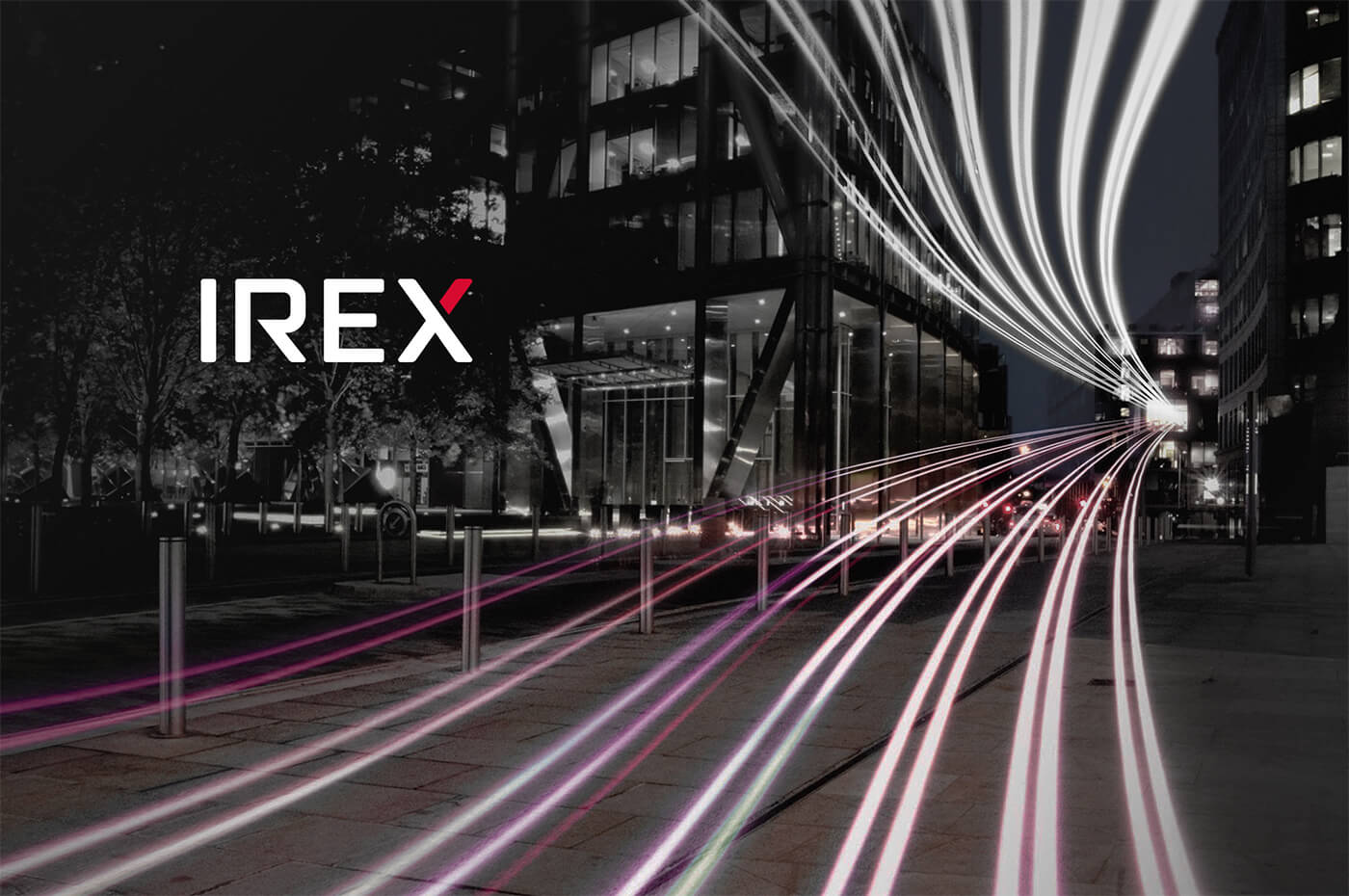In this post, we will provide guidance to city governments and their IT departments on the network infrastructure requirements for IREX Ethical AI platform to prevent congestions in large-scale video surveillance networks. By estimating the bandwidth requirements and checking them with the network provider before connecting a large number of cameras to the IREX cloud, city governments can ensure smooth operation of their surveillance networks.
Key Considerations
Quasi-Constant Stream: The video stream bitrate from a surveillance camera depends on various factors such as resolution, codec efficiency, frame rate, and scene intensity. Once the camera is configured, the bitrate stays relatively constant throughout the day, although it may increase due to the scene intensity and nighttime noise. The IREX cloud architecture ensures that the cameras and their last-mile connection are not affected by the number of users accessing live video or archive.
As rule of thumb, the video bitrate varies from 1 to 5 Mbps per camera for public spaces. Higher bitrates are required for crowded areas, suspect and vehicle identification, weapon detection, and unattended items. Lower bitrates are expected in quieter areas (e.g. residential areas and parks).
Uplink Traffic: Video surveillance cameras generate "uplink" traffic from venues to the network provider and IREX data center. This camera traffic goes in the opposite direction to the main "downlink" traffic (e.g. YouTube, Netflix, etc). Since fiber optic cables are symmetrical, most providers have substantial bandwidth reserves for uplink traffic. Most providers should allocate the uplink bandwidth at no extra cost, using the same infrastructure.
Edge Servers: IREX provides a 10-fold bandwidth saving by deploying AI modules and storage on-premises. However, this type of local storage cannot serve many users during an emergency situation and does not provide off-site video storage. Learn more about the IREX Edge Server Architecture.
Reserves: Allocate at least 20% extra uplink bandwidth for video stream fluctuations and service functions. Consider adding more bandwidth capacity if you plan to add more cameras.
Preparation Steps
The following steps need to be completed to connect a large number of cameras to the IREX cloud, hosted in Texas, US:
- Estimate the number of cameras for each application (e.g. suspect recognition, license plate reading, etc)
- Estimate the average bitrate for each camera/application (e.g. with the VLC player).
- Obtain the total bandwidth required for camera uplinks (see example below)
- Add 20% reserve for video stream fluctuations and service functions
- Request the uplink bandwidth from your IT department or Internet provider
Bandwidth Estimation Example
Below is a simple estimation of the uplink bandwidth requirements for a city with 1,000 cameras:
- Suspect identification / weapon detection : 500 cameras x 4 Mbps = 2 000 Mbps = 2 Gbps
- Traffic monitoring: 300 cameras x 4 Mbps = 1 200 Mbps = 1.2 Gbps
- Residential areas and parks: 200 cameras x 2 Mbps = 400 Mbps = 0.4 Gbps
By following these guidelines, city governments can ensure that their surveillance networks operate smoothly and provide high-quality video surveillance to help maintain public safety. With the IREX Ethical AI platform, city governments can also ensure that the video surveillance is done in an ethical manner, respecting citizens' privacy and rights.


